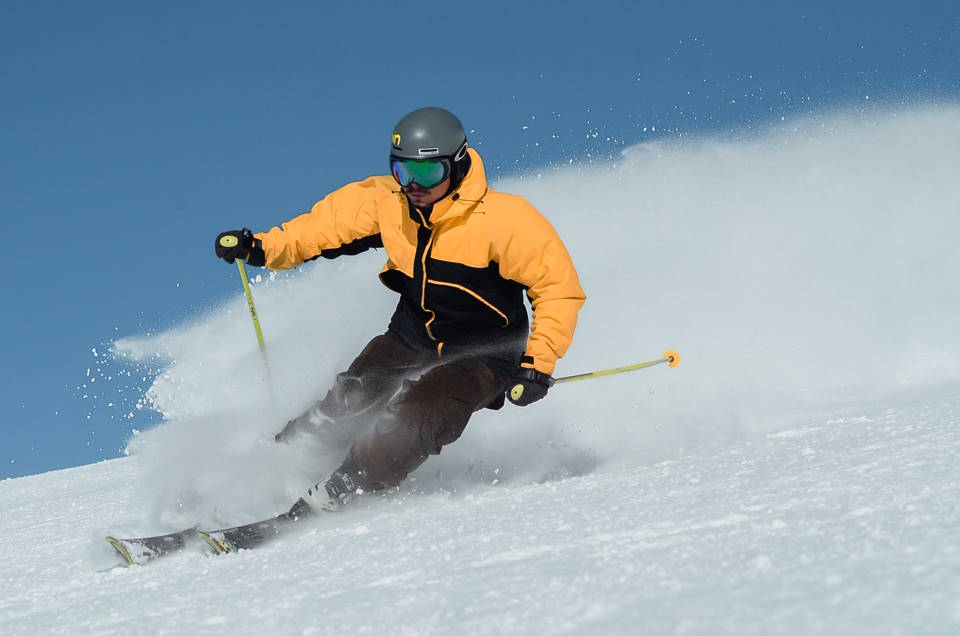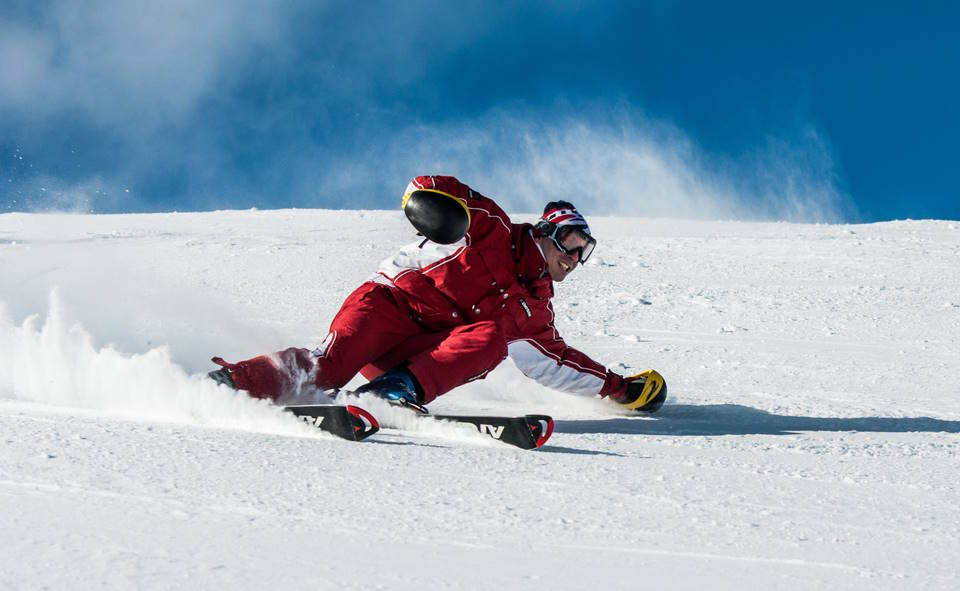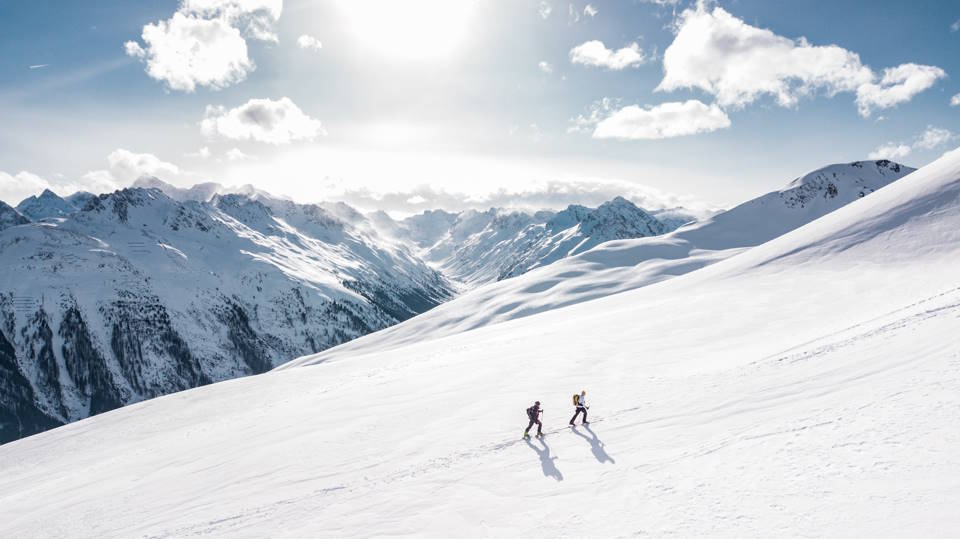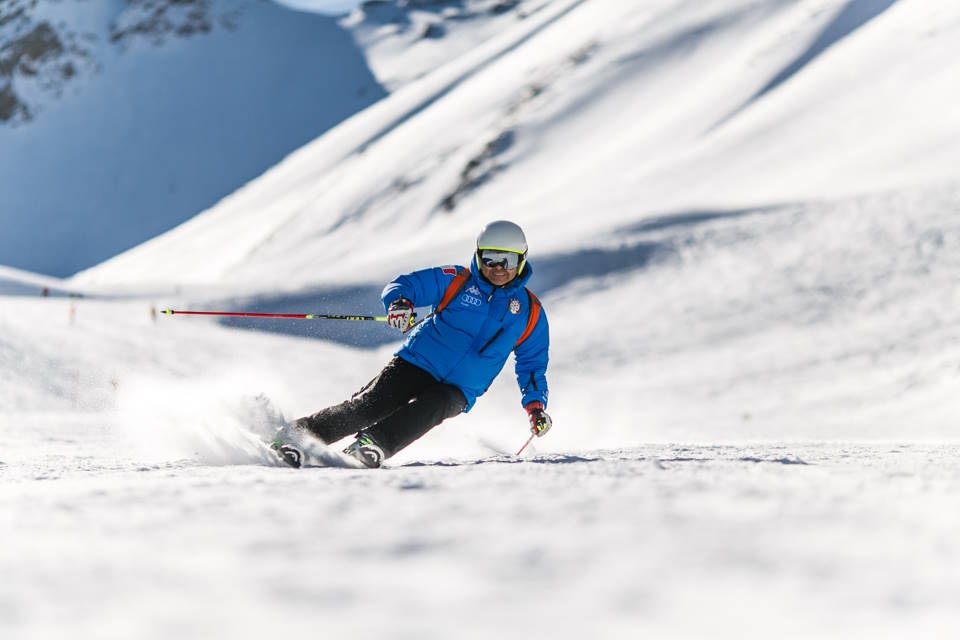Nordic skiing, also known as cross-country skiing, is a popular winter sport that has been enjoyed for centuries. In this blog post, we’ll explore the origins of Nordic skiing, the equipment needed to participate, the techniques involved, and the numerous health benefits it offers. From its humble beginnings as a means of transportation and survival in snowy regions, Nordic skiing has evolved into a beloved recreational activity and competitive sport. We’ll delve into the history and cultural significance of this timeless pastime, as well as examine the essential gear required for both classic and skate skiing styles. Additionally, we’ll discuss the various techniques and skills necessary to excel on the trails, whether you’re a beginner or an experienced skier. Finally, we’ll highlight the numerous physical and mental health benefits of Nordic skiing, making a strong case for why it’s an excellent way to stay active and embrace the winter season.Discover the origins, equipment, techniques, and health benefits of [topic] in this comprehensive blog post. Get all the information you need in one place!
Origins

Nordic skiing has a long and fascinating history, with its origins dating back to ancient Scandinavian and Russian cultures. The practice of skiing for transportation, hunting, and military purposes has been documented as far back as 600 BCE in the northern regions of Europe. These early skis were made of carved wood and later evolved into more advanced designs that allowed for greater speed and maneuverability on snow-covered terrain. The sport eventually gained popularity as a recreational activity and traditional form of exercise in Nordic countries such as Norway, Sweden, and Finland.
As the sport of Nordic skiing continued to develop, new equipment and techniques were introduced to enhance performance and optimize the skiing experience. The adoption of bindings, ski boots, and specially designed poles allowed skiers to navigate challenging terrain with greater ease and efficiency. Many of the techniques and practices developed by early Nordic skiers are still utilized today, showcasing the enduring influence of the sport’s historical origins on modern Nordic skiing.
In addition to its rich cultural and historical significance, Nordic skiing offers a wide range of health benefits that have contributed to its enduring popularity. The physical demands of the sport provide a full-body workout, engaging the arms, legs, and core muscles. Regular Nordic skiing can improve cardiovascular endurance, muscular strength, and flexibility, making it an excellent option for individuals looking to stay active and maintain overall fitness. The serene and natural environments where Nordic skiing typically takes place also offer mental health benefits, promoting relaxation and reducing stress levels for enthusiasts of all ages and abilities.
Overall, the origins of Nordic skiing have played a pivotal role in shaping the sport into what it is today. From its humble beginnings as a mode of transportation to its current status as a beloved recreational activity and competitive sport, Nordic skiing continues to captivate and inspire enthusiasts around the world.
Equipment

When it comes to Nordic skiing, having the right equipment is essential for an enjoyable and successful experience. The most important piece of equipment is, of course, the skis themselves. Nordic skis are typically longer and thinner than alpine skis, with a binding that allows the heel to lift off the ski during the kicking motion. They also have a specific grip zone under the foot to provide traction when climbing uphill.
In addition to skis, there are also specialized boots and bindings designed specifically for Nordic skiing. The boots are lightweight and flexible, allowing for a full range of motion while still providing the necessary support. The bindings are also different from those used for alpine skiing, as they allow the heel to lift off the ski during the kick and glide motion.
Another important piece of equipment for Nordic skiing is the poles. Nordic ski poles are longer and thinner than those used for alpine skiing, with a special strap that allows the skier to push off the pole without having to grip it tightly. The length of the poles is important and should be chosen based on the skier’s height and skiing style.
Finally, clothing is also an important consideration when it comes to Nordic skiing. Since this type of skiing involves a lot of movement and can take place in cold weather, it’s important to dress in layers and choose clothing that is both warm and breathable. Many skiers also opt for specialized Nordic ski clothing, such as tight-fitting ski pants and jackets designed for optimal performance.
Techniques

Nordic skiing is a popular winter sport that offers a great way to stay active and enjoy the outdoors during the colder months. It involves the use of long, narrow skis and poles to propel oneself across snow-covered terrain. One of the most important techniques in Nordic skiing is the classic striding and diagonal stride. This technique involves pushing off with one leg while gliding on the other, and then switching to propel yourself forward. The skate skiing technique, on the other hand, involves a side-to-side motion similar to ice skating. It requires a different set of skills and strength, as well as specialized equipment. Both techniques require a good deal of balance and coordination to be executed effectively.
Another key technique in Nordic skiing is the use of proper arm and pole movement. The arms play a crucial role in generating power and momentum, especially when climbing uphill or navigating challenging terrain. The poles are used to propel the skier forward and provide stability, and knowing how to coordinate the movement of the arms and poles is essential for efficient skiing.
Learning to navigate downhill slopes safely and skillfully is also an important aspect of Nordic skiing technique. It requires a combination of weight shifting, balance, and control to maintain speed without losing control. The right body position and posture are essential for managing downhill descents, and mastering this technique takes time and practice.
Overall, Nordic skiing is a sport that demands a variety of technical skills and physical abilities. It provides a great full-body workout and a fantastic way to keep fit during the winter months. Whether you prefer the classic striding technique or the dynamic skate skiing style, Nordic skiing offers something for everyone and is a great way to enjoy the beauty of the winter landscape.
Health Benefits

Nordic skiing, also known as cross-country skiing, is a popular winter sport that offers numerous health benefits. One of the primary advantages of nordic skiing is the cardiovascular workout it provides. This full-body exercise increases the heart rate and improves cardiovascular fitness, helping to reduce the risk of heart disease and stroke.
In addition to cardiovascular benefits, nordic skiing also helps to improve muscular strength and endurance. The pushing and pulling movements required to propel oneself forward on skis engage the muscles in the arms, shoulders, core, and legs, leading to improved strength and muscle tone. Furthermore, nordic skiing is a low-impact exercise, making it ideal for individuals with joint pain or arthritis.
Another notable health benefit of nordic skiing is its ability to improve overall flexibility and balance. The movements involved in skiing require a great deal of coordination and skill, helping to enhance balance and stability. Additionally, the stretching and lengthening of muscles during skiing helps to improve flexibility and reduce the risk of injury.
Furthermore, nordic skiing is an excellent way to reduce stress and improve mental well-being. The tranquil setting of the winter landscape combined with the physical activity helps to reduce anxiety and improve mood. Additionally, spending time outdoors in nature has been shown to have numerous mental health benefits, including reducing symptoms of depression and boosting overall well-being.




